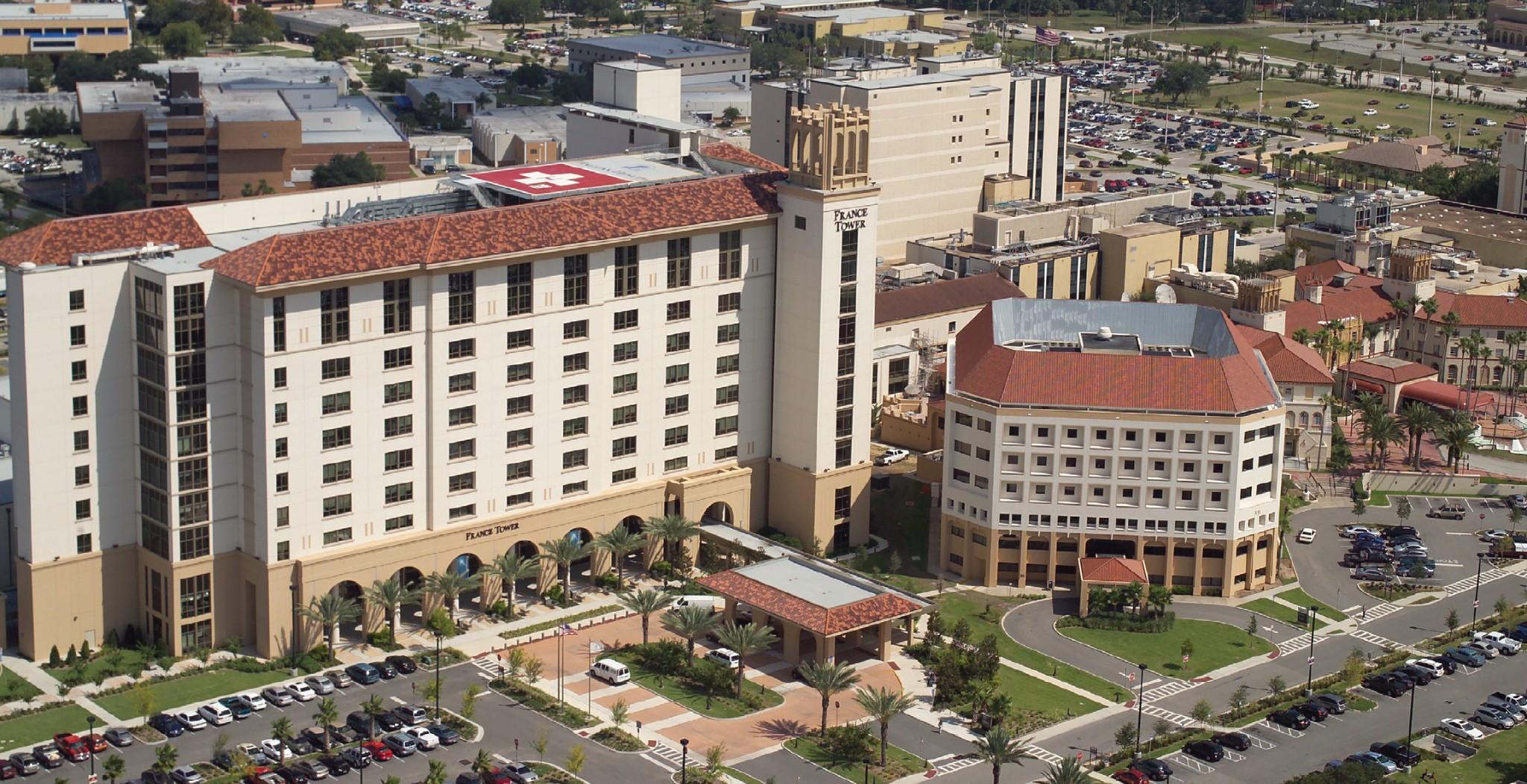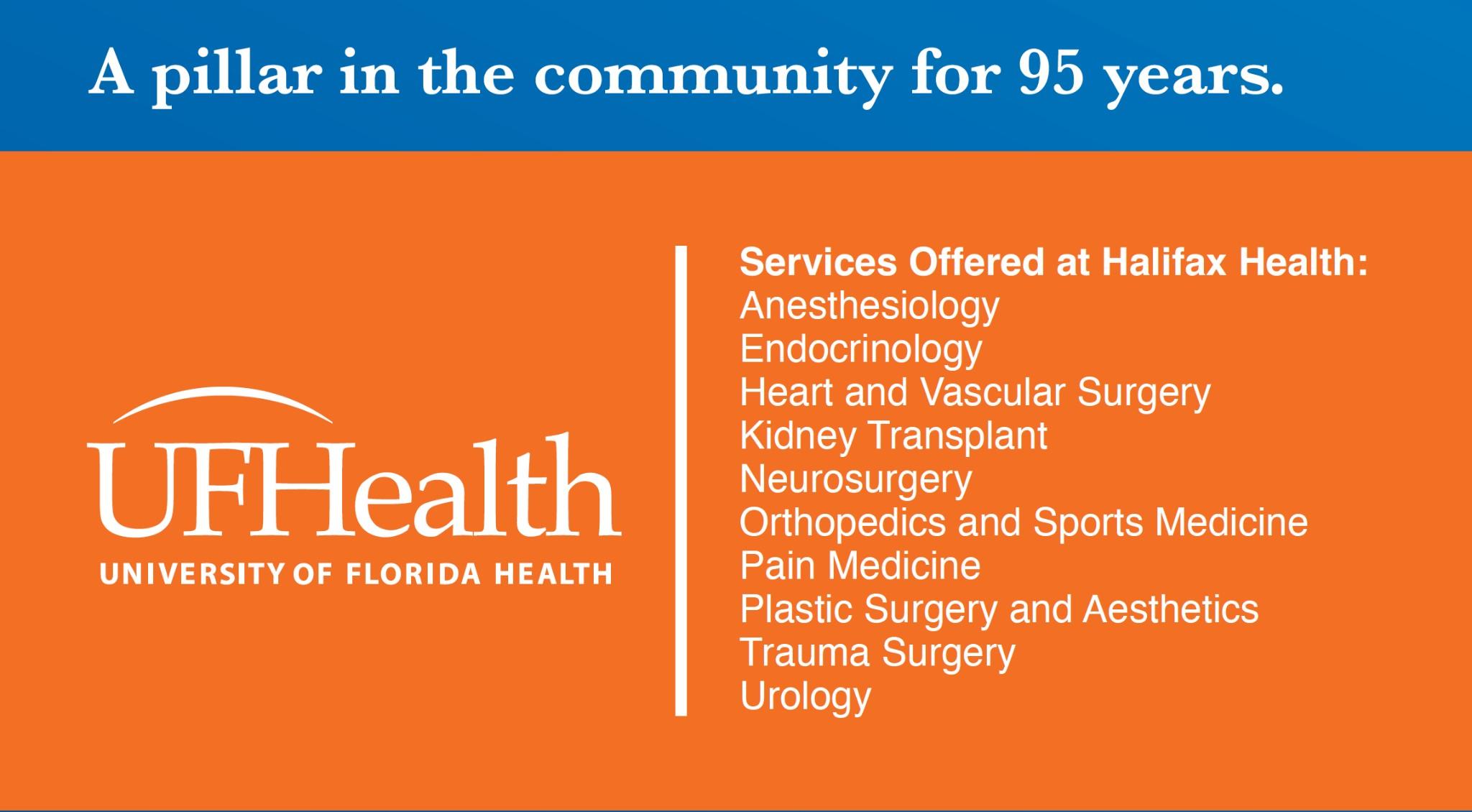

Stethoscope











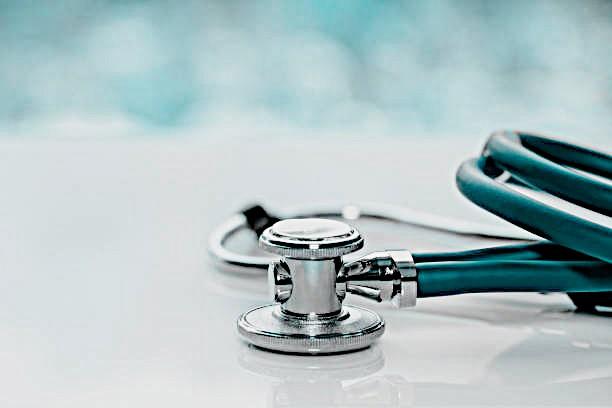
President’s
Message: Robert Feezor, MD
Vascular Surgeon UF Health-Halifax Health
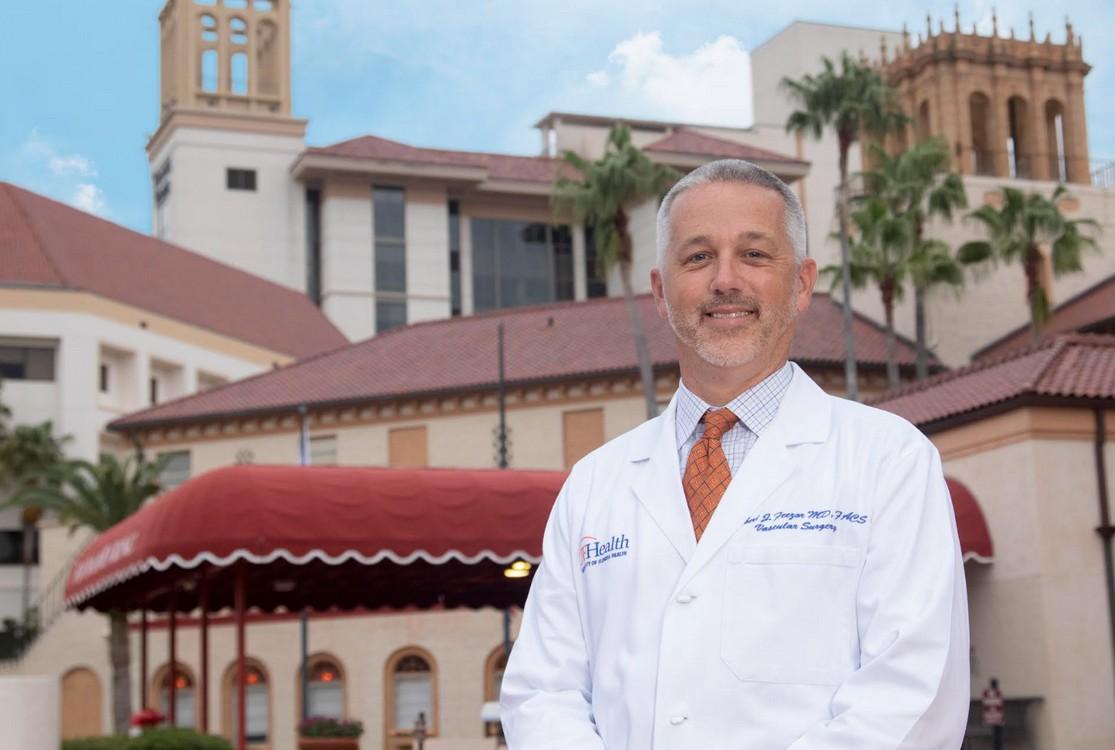
In sports, there is a mantra that you never want to be the “man that follows the man” (ask the Patriots or Crimson Tide). I have that challenge assuming the VCMS presidency from Dr. Richard Rhodes. I first met Dr. Rhodes years ago and identified him as the cultured restaurant critic whose insightful literary pieces about local establishments were far more sophisticated than I could craft. Whereas Rich wrote eloquently about exotic and delightful multi-national foods, I find myself sticking to chicken strips and when not on call, draft domestic beer.
In sincerity, Dr. Rhodes has been a sensational leader. He has focused over the past year on reaching out and facilitating VCMS to do “good” and not just well. He personifies “walking the walk” and no where is this more evident than in his overt and relentless support of the Jewish Community, including donation of a Presidential gift to that amazing and often persecuted group. Dr. Rhodes is an inspiration, professionally and personally and I promise him that I will continue to help VCMS do good for our community.
As I look ahead, I have been wrestling with the role VCMS plays for our members. On the surface, the immediate day-to-day needs of individual physicians differs now as compared to when I first attended a VCMS meeting when Dr. Rick Lentz was the President. But are those needs really different now? Clearly the model of health care has changed, from EMR to employment to further specialization to (thankfully) improved diversity. At the core, physicians still care for patients and still sacrifice time, emotion and often personal gain for the wellbeing of those we serve. Outside of my sons, being a physician remains the singular greatest source of pride in my life.
So instead of trying to figure out what VCMS can do for us, I think a better question is “What can VCMS help physicians do for our community?” We have the potential for strength in numbers, a louder voice as a collective, and the advantage of pooled minds and resources. No matter the tangible goal, it starts with participation. Like sports, being on the time is vital.
I would encourage everyone reading this to invite a new member to the next VCMS function. Participation is the first step. If you have an interest in helping shape our organization, there are ample opportunities and comembers willing to help such participation.
I am honored to serve as the next VCMS President. Leadership is more about serving than directing and to that end, I look forward to a productive year.
Is the Emergency Department the New Primary Care Provider?
Cameron Gerhold,Jacob Myhre,&Vivian Tanios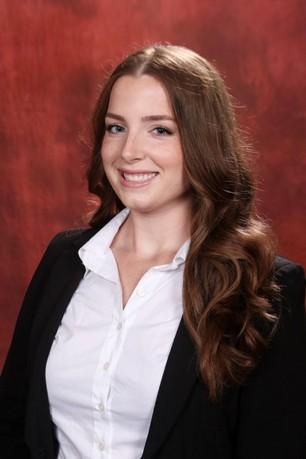
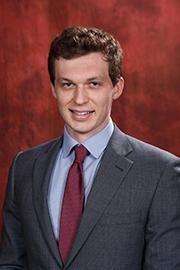
An important topic in healthcare today is the use of the emergency department (ED) for non-urgent health concerns. There is a steady rise in individuals seeking care and prescription refills by ED physicians without an end in sight, leading to excessive wait times, ED overcrowding, and a higher workload for ED physicians. In 2002, the New England Journal of Medicine (NEJM) released an article discussing the trend of uninsured patients using the ED despite primary care referrals.1 Within this article, there is great discussion about the growing number of uninsured patients within the United States and the increasing burden placed on EDs as a result. They found that medically uninsured patients were more than twice as likely to seek medical treatment in an ED than in a physician’s office compared to insured patients. While shocking when first released, this article would predict a greater trend in healthcare thathasdeveloped over the pasttwodecades.
The United States Census Bureau’s 2022 evaluation of health insurance coverage revealed nearly 7.9% of the US population lives without health insurance, which has improved compared to 2021’s 8.3%.2 There are several main concerns with uninsured patients going to a nearby ED to receive primary care. One of the largest issues is the lack of care the ED can provide this population of patients. While a primary care provider (PCP) maybe available to see a patient for 15 minutes to an hour during each visit over the course of many years, most ED visits are brief. This leaves less opportunity for patients to receive a proper work-up, forcing them to discuss only one complaint at a time. Furthermore, this lack of proper patient evaluation can leave this subset of thepopulation tonotreceiveproperpreventative

screenings or diagnosed with chronic medical conditionstheymightbe unawareof.
Another issue with this population choosing to visit the ED over a PCP is overtreatment. Since ED physicians are expected to make the correct diagnosis and provide optimal treatment after only meeting the patient once, they are then forced to err on the side of caution by doing a more profound workup: ordering more diagnostic studies, more specialist consults, and more invasive treatments. This is usually more costly to patients but can also lead toan increasein iatrogenicinjuries and illness.
It is also important to assess why some patients might approach the ED for prescriptions instead of scheduling an appointment with their PCP. A study published in 2021 assessing prescription requests at local EDs and urgent care centers found shocking results regarding the types of medications most requested. In this study, the two most commonly requested categories of medications were opioids (21.2% of all prescription requests) and benzodiazepines (11.7% of all prescription requests).3 This is a cause for concern as it begs the question of whether patients are requesting medications with street value for reasons not related to personal health or if these individuals are unable to schedule appointments with their primary care physician in a timely manner to obtain these medications.
Physicians are left to brainstorm how non-urgent patients can be seen by a PCP instead of by an emergency physician. Referral to a PCP, while a seeminglyobvious answertothisproblem,does not
seem to resolve the underlying issue. An article written by the NEJM found that referral to a PCP made no significant difference in getting this uninsured patient population outside of the ED.1 Perhaps a more creative approach needs to be considered. Requiring a copayment or redirecting uninsured patients to the primary care setting might be the answer for this tricky situation.
One possible solution to decrease the number of nonurgent ED visits is to increase patient education. Physicians and other healthcare providers can play a large part in stopping this trend of non-urgent ED visits by informing patients seeking non-urgent care of prescription medications that their care can be managed for in an appointment-based setting. It is equally important that these patients are informed about how to make these appointments and how to find the best PCPs in their area. Another solution would be to force policymakers to mitigate unnecessary ED visits by establishing and enforcing clear regulations for ED visits. However, this could cause vulnerable patient populations to lose one of the major ways they access healthcare. This could be offset by having certain individuals within each ED designated with the task of facilitating the booking of outpatient appointments for individuals who do not meet ED criteria.
Providing medical care to the 26.1 million US Citizens without insurance is a daunting task, especially when a large portion of the burden has fallen on physicians and mid-level providers working within EDs across the country. In combination with patient seeking their local EDs for prescription refills, the workload of EDs across the country has drastically increased. With proper, thoughtful solutions developed by physicians and policymakers effecting change in their communities, this is a problem that can be reversed. Ultimately, our hope is that patients receive the most tailored care possible and can establish long-term relationships with physicians who can meet their needs.
References:
1.https://www.jwatch.org/em200208140000010/2002/08/14/uninsured-patients-use-eds-d espite-primary-care
2.USCB: https://www.census.gov/library/publications/2023/demo/p60-281.html
3.Shepherd: https://www.ncbi.nlm.nih.gov/pmc/articles/PMC8597700/pdf/wjem-22-1211.pdf

FSU Medical Students Partner with Halifax Urban Ministries to Gather and Distribute

In 2022 there were 800 individuals experiencing homelessness in Volusia County. Many organizations including Halifax Urban Ministries, Volusia/Flagler County Coalition for the Homeless, and First Step Shelter exist to help this population. As medical students at the FSU College of Medicine, we started on this path to medicine with a heart for service and this includes serving the homeless community around us.
The Florida State University College of Medicine
Daytona Beach Regional Campus hosted a donation drive for hygiene products and other essentials (socks, beanies, etc.) to create winter care packages for those experiencing homelessness. We are so thankful for all the donations from FSU College of Medicine faculty and people in the community. The FSU COM Class of 2025 was able to come together and package 120 bags with all the donations! We partnered up with Halifax Urban Ministries to distribute the bags with hot lunches throughout the month of January. We hope to continue this service as a yearly project.
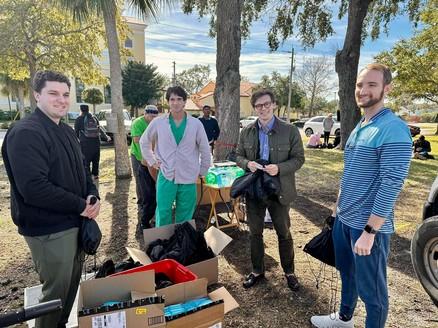
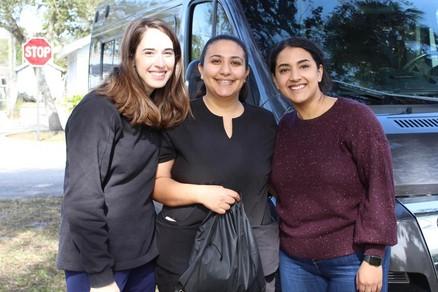
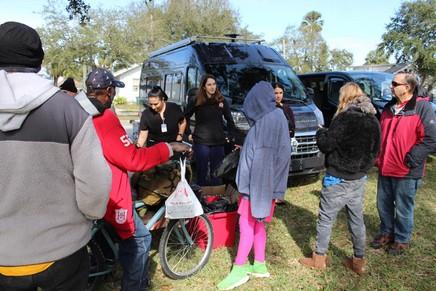
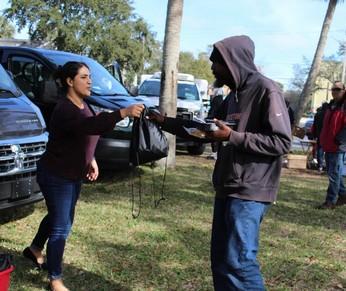

Volusia Volunteers In Medicine is a Florida non-profit corporation with a 501 (c) (3) designation that has provided free primary healthcare to low income and uninsured residents in Volusia County since 2015. Our all-volunteer medical staff provides care to residents between the ages of 18- 64 with income at or below 200% of the federal poverty level. Benefits to our community include providing a healthier workforce, reducing non-paying hospital and emergency room visits and building a strong sense of community. Caregivers and volunteers are improving residents’ health in a loving and caring environment.
Our current location is in Daytona Beach and since March of 2023, VVIM has partnered with the Department of Health to open a satellite office in the New Smyrna Beach area. Our office manager schedules patients by appointment only at both locations. For more than nine years, VVIM has provided FREE medical care through private donations, small fundraisers and grants. Laboratory tests, X-rays, even MRIs and CT scans are provided for free or with discounted rates. These services can be very expensive under normal circumstances and especially expensive if no insurance is available.
We are looking for volunteer doctors and nurses who would like to serve their community. Retired or semi-retired medical professionals are the backbone of our organization. We welcome anyone who is interested in volunteering on a part-time basis to join us as we continue our commitment to provide quality, compassionate care to the most vulnerable residents in our community.
Anyone who is interested in joining our team or finding out more information, please contact our office at 386316-2771 or email at vvimmanager@gmail.com.
January 24, 2024 VolusiaFreeClinic.com
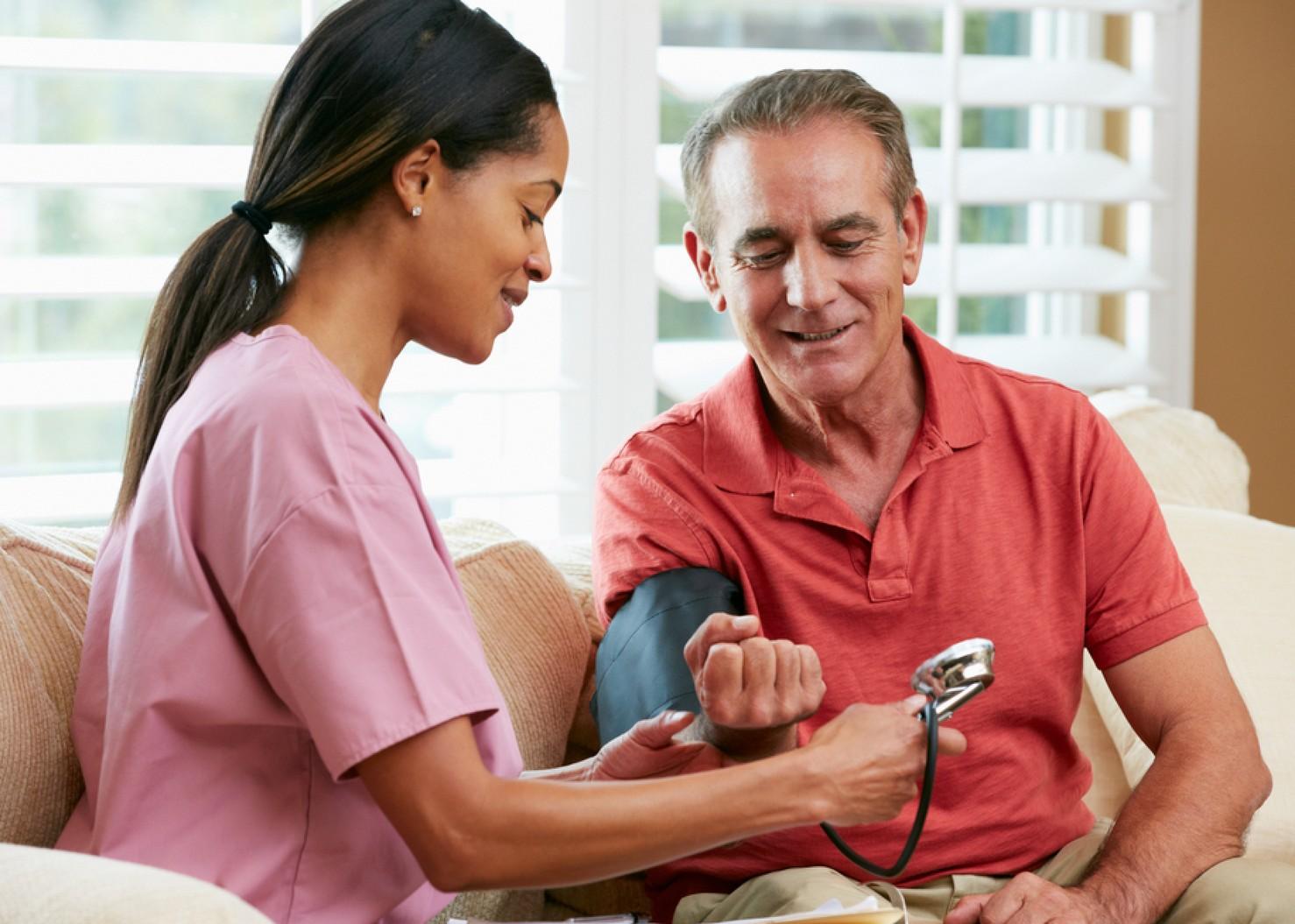
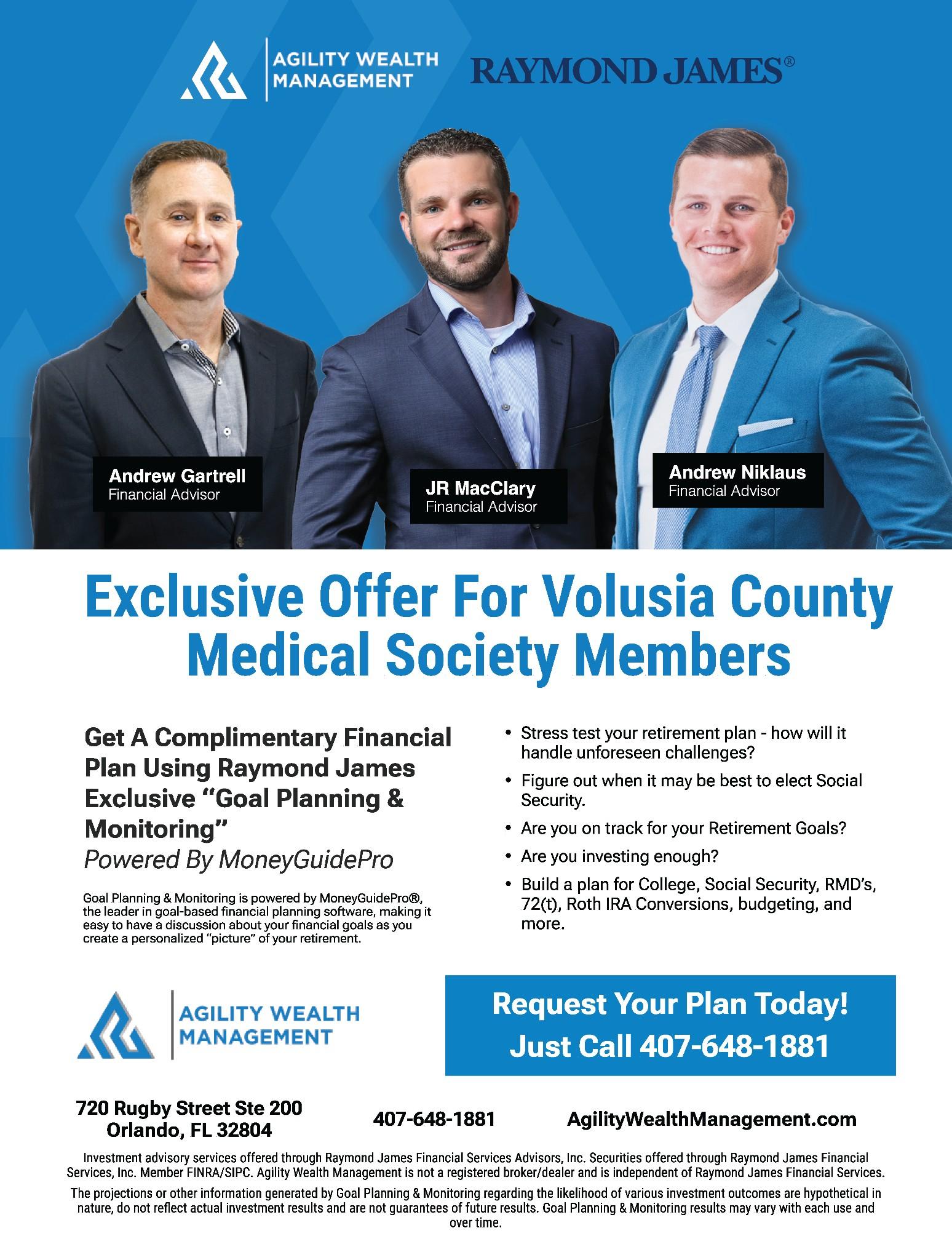
How can providers help with addiction in their own backyard?
Luke Farmer & Vivian Tanios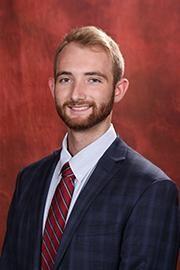
J is a previously healthy 17-year-old male with a back injury resulting from a motocross accident who received prescription opiates. Like many healthy young patients, he recovered from the injury. What was missed by both the providers and his family was that the pain medication addressed more than just his physical pain. The medicine numbed him from the emotional stress of his life, and when the prescriptions inevitably ran out, he turned to getting them from so called friends and drug dealers. Eventually the community opiate drug supply was inundated with pills laced with fentanyl, leading to a surge in overdoses. He was never counseled by his physicians that his history of trauma made him more likely to develop an opioid use disorder or provided with safer alternatives. Accessibility to overprescribed and counterfeit drugs has led J, and 19,782 other people in Florida in 2022, to have a non-fatal opioid overdose that led them to the emergency department as reported in the Florida health charts.

Substance dependence is a problem that affects every community in this country. Volusia county is no exception. We had 335 opioid overdose deaths in 2022 and an additional 832 non-fatal overdoses were seen in the emergency department. Historically, we as the physicians have contributed to this diagnosis, providing patients at high risk of developing a substance use disorder WITH their first prescription. This population deserves our compassion, but unfortunately, they are often treated as failed members of society rather than someone with a chronic disease. While some may be quick to judge a person for turning to medications and becoming addicted, we must remember that we have not lived the same lives, nor could we ever know their full story.
We as physicians took an oath of beneficence and our patients deserve destigmatized and nonjudgmental care.

The opioid crisis impacts people nationwide of all ages and walks of life. The evidence is clear: this is a chronic and relapsing illness and not a moral failing. I became acutely aware of this after meeting J. Witnessing the patient teary eyed and frightened by what his early life had already become, I questioned how I could somehow help this person never end up cold and lifeless from an overdose.
I believe that together we can be leaders in breaking a cycle that has caused harm to many people. The challenge I pose to myself, my peers, and my mentors is this: Ask yourself what will you do to help with addiction in your own community.
WHAT YOU CAN DO: If you are caring for a patient that may have a substance use disorder
Start with kindness.
That first conversation with you may be the initial steps or even propel them toward recovery. Use your motivational interviewing skills and meet each patient where they are. Approach them with empathy and treat them as people. They are human beings; brothers, sisters, parents, children, and friends suffering from their addiction.
Understand they may not be ready or able to make changes immediately. It might take one, three, or ten visits but continue to take care of them as you would want your family members to be treated. Your continued support and kindness means more than you know. Do not give up on this patient population---because this might be the last place they turn before an overdose.
De-stigmatize questions regarding addiction and treat it as a chronic illness.
Provide resources in the community: It is as simple as “386-777-PEER”
Information about resources available in Volusia County can be found at Volusia RecoveryAlliance (VRA). The VRA is our local Recovery Community Organization (RCO) and is one of the strongest in the state. They have an on-call peer number that you can simply provide and someone through the VRAcan help connect the patient from there. In addition to caring for your patients, the VRA can also support your office by providing information such as cards with the peer number. They can even provide Overdose response training (Narcan) for your office staff. Additionally, you can refer patients to their website for information on local options for detox, residential treatment, IOP/PHP and sober living.
Whenever able, start them on medication assisted treatment.
Medication assistant therapy reduces all-cause mortality for patients with OUD by 50%. With the MATE act changes in 2023, you have the ability to start your patients on buprenorphine. If this is not yet something you are comfortable doing, there is help! There are already physicians in our community caring for this population that you can reach out to. They have a great deal of passion for supporting the community. Given the extent of the opioid epidemic and lack of widely distributed providers who are trained, many community physicians can access online resources such as
Providers Clinical Support System which has online resources for treating use disorders including opioid use disorder. They also have evidence-based pain management recommendations to ensure best practice.
Special
Thanks to Dr. Krista Brinkerhoff, MD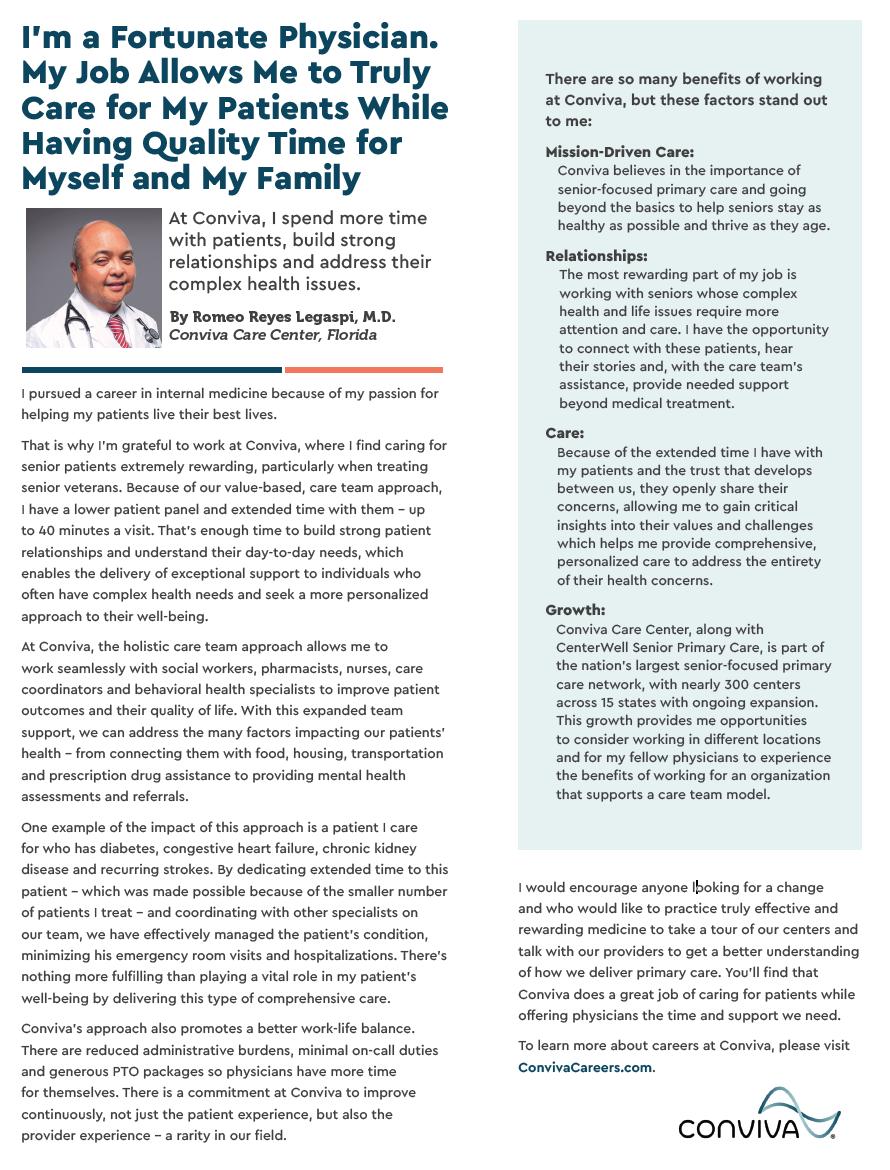
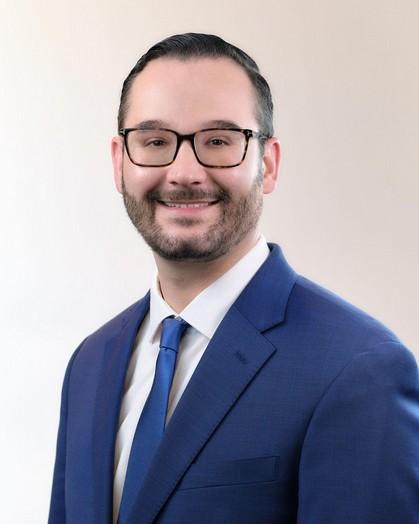
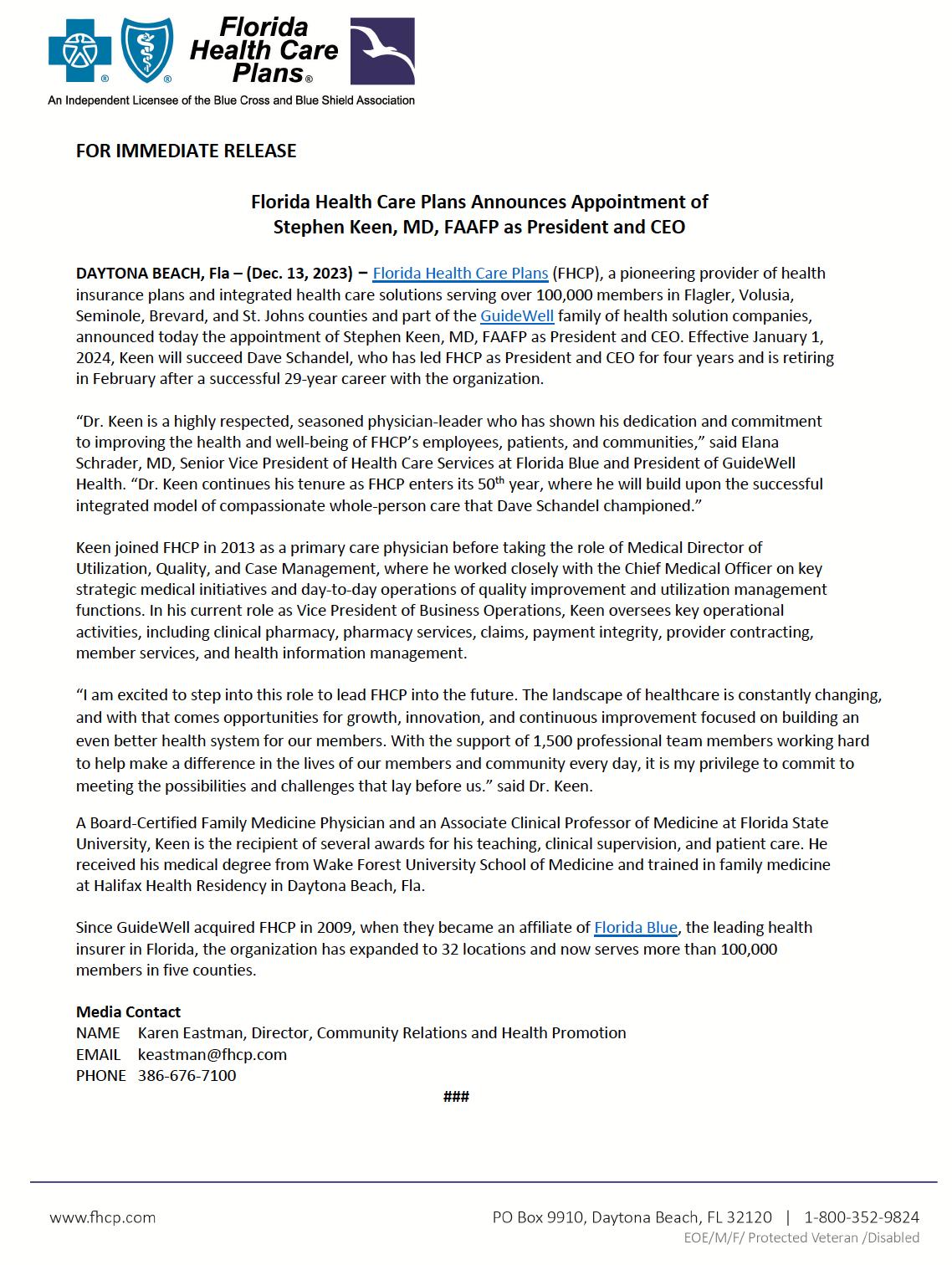
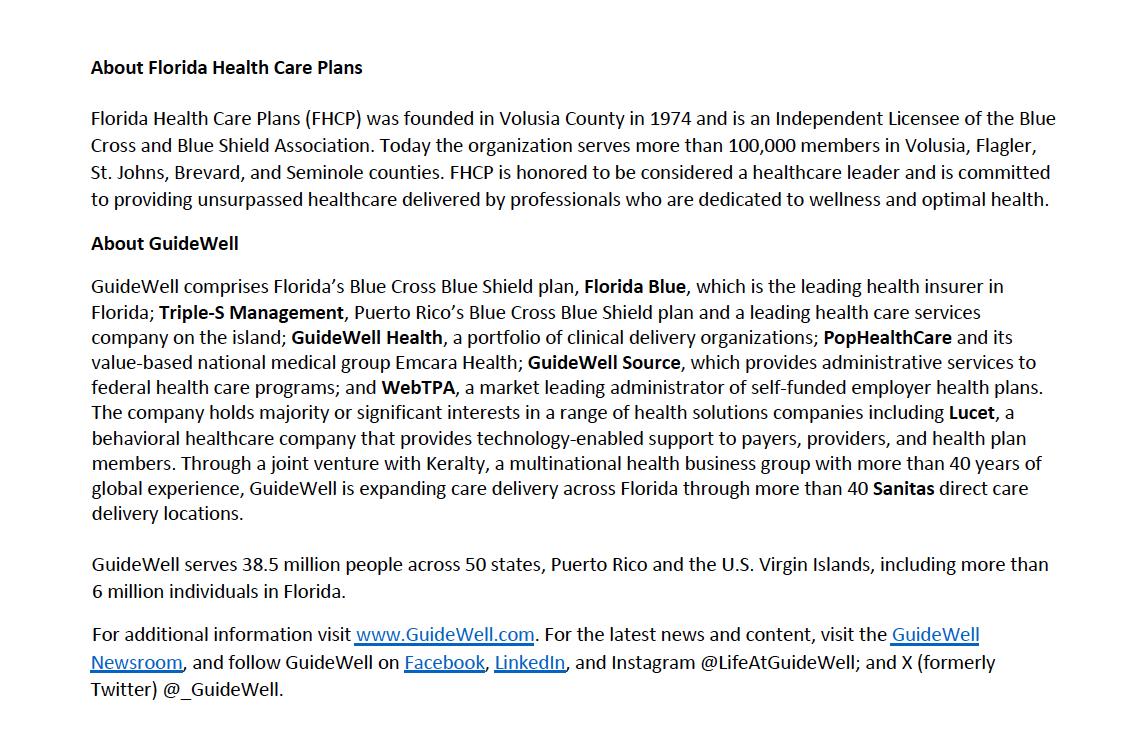
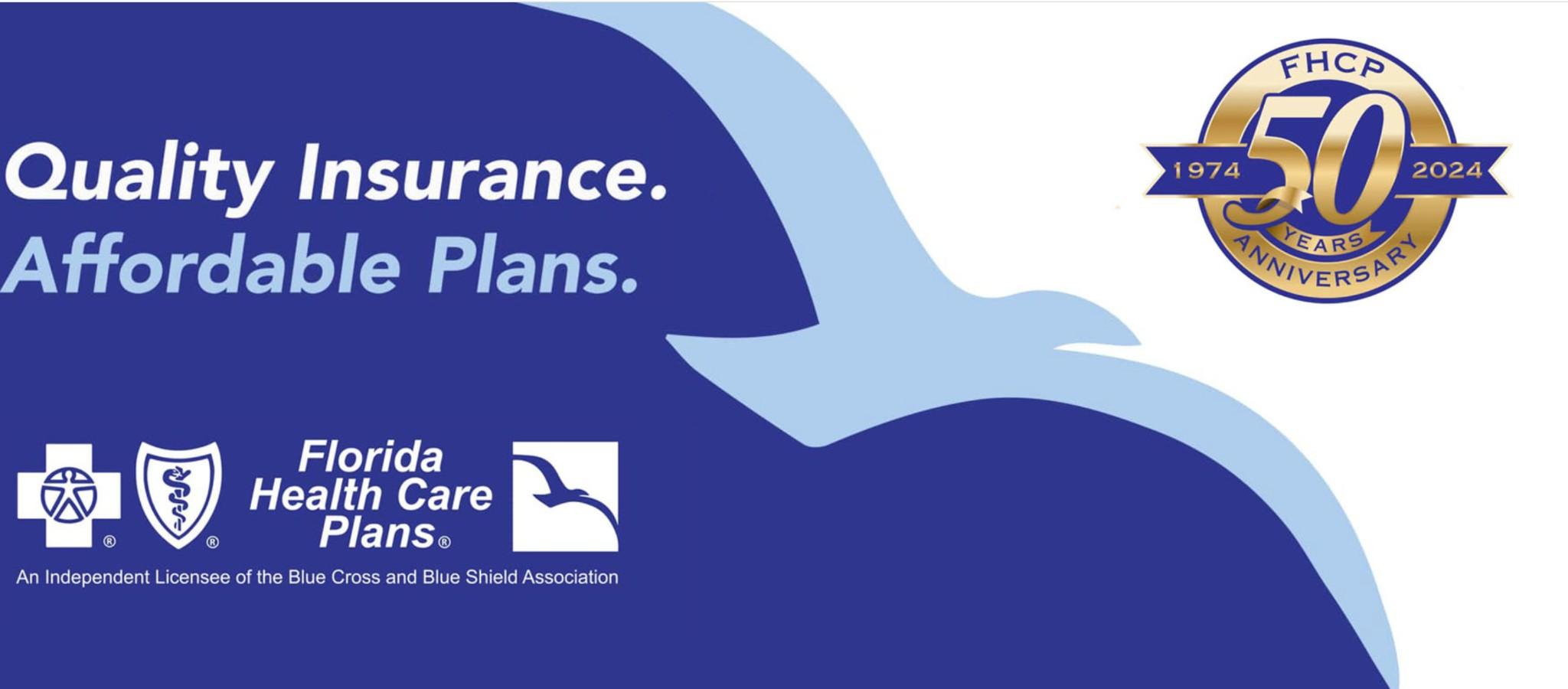
Advancing Precision in Hip Replacement Surgery: Dr. Dominic Marino Pioneers
Mako Robotic-Arm Assisted Technology at Halifax Health
In the latest technological breakthrough at Halifax Health, orthopedic surgeon Dr. Dominic Marino has successfully conducted a Total Hip Replacement surgery utilizing the Mako Robotic-Arm Assisted Technology. This technology, known for its application in knee surgeries, has now expanded its scope to include hip replacements, promising a new era of precision, innovation, and improved patient outcomes.
The Mako Robotic-Arm Assisted Technology:
Developed to revolutionize orthopedic procedures, the Mako system integrates advanced 3D imaging and precision guidance, employing artificial intelligence and machine learning. Dr. Marino's use of this technology shows its potential to enhance accuracy and effectiveness in hip replacement surgeries, thereby reducing variability and minimizing complications that may arise during the procedure.
Patient-Centric Advantages:
A notable aspect of this achievement is the patient's ability to return home on the same day as the surgery, underscoring the transformative impact of the Mako system on recovery times. This milestone emphasizes the technology's role in facilitating quicker rehabilitation, allowing patients to resume their dailyliveswith greater ease and comfort.
Expansion of Mako Technology:
Initially employed for knee surgeries by Dr. CB Williamson and Dr. James Bryan, the Mako system has now broadened its application to encompass hip replacement and partial knee procedures. This expansion highlights the versatility and adaptability of the technology,providingsurgeonswith a
comprehensive toolset for various orthopedic interventions.
Community Support and Investment:
The acquisition of the Mako technology was made possible through the generous support of The Halifax Health Foundation,emphasizingacommitmentto investing in medical advancements for the community's benefit. This collaborative effort reflects a dedication to staying at the forefront of healthcare innovation and ensuring access to state-of-the-art technologiesthatenhancepatientcare.
Physician's Perspective:
Dr. Dominic Marino, expressing his enthusiasm for the positive impact of the Mako system, emphasized its precision and personalized approach to surgery. "The Mako system's precision not only ensures accurate placement of the hip implant but also contributes to faster recovery times, allowing patients to return to their dailylives with greater ease and comfort,"said Dr. Marino. Thisendorsementfrom a seasoned orthopedic surgeon reinforces the potential of Mako technology in transforming the landscape of hip replacement surgeries.
Operational Synergy:
Eric Little, Director of the Operating Room at Halifax Health, highlighted the collaboration between community surgeons and the healthcare institution facilitated by the Mako technology. "The synergy between community surgeons and Halifax Health, as facilitated by the Mako technology, highlights the power of innovation in healthcare," commented Little. By combining expertise with advanced technology, this collaborative approach aims to create a seamless environment, ultimately leading to better patient experiences and outcomes.
Conclusion:
Halifax Health's successful Mako Total Hip Replacement by Dr. Dominic Marino underscores the institution's commitment to advancing medical technologies for the benefit of patients. As the Mako Robotic-Arm Assisted Technology continues to redefine orthopedic surgery, it opens new possibilities for precision, efficiency, and improved patient care in the realm of hip replacements. This accomplishment serves as a beacon for physicians, signaling a transformative era in orthopedic surgery that embraces innovation for the betterment of patientoutcomes.
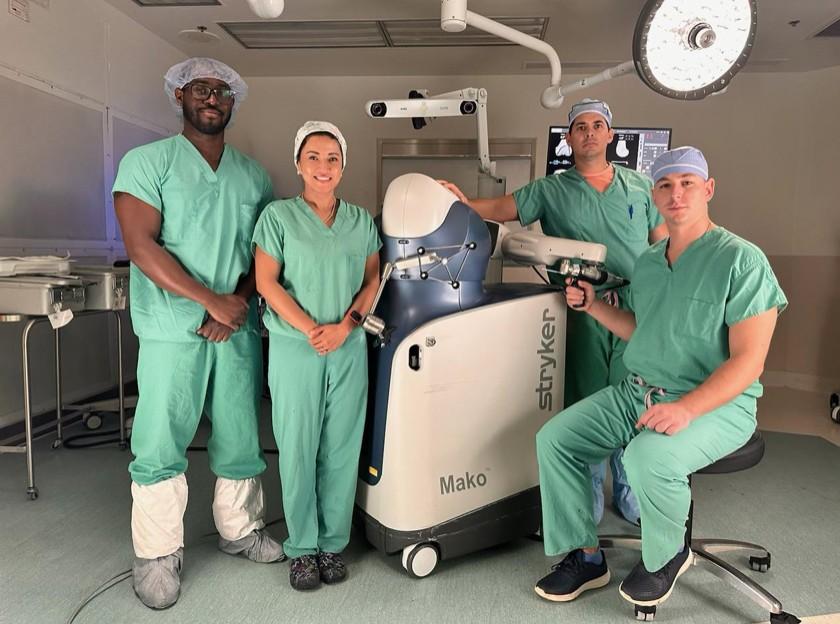
Mako was the first robotic technology that could be used across the joint replacement service line to perform partial knee replacements, total knee, and total hip replacements. The Mako system enables the ability to virtually modify the surgical plan before and throughout the procedure to assist the surgeon in executingprecise bone resections.
The Mako system is designed to minimize the margin of error associated with component placement and to enhance the accuracy and reproducibility of total joint replacement.
Mako Total Hip enables surgeons to plan and place components more accurately, potentially reducing variability within the total joint replacement procedure and improving the patient's clinical and functional outcomes. Utilizing CT-based 3D modeling and planning features coupled with haptic technology, Mako Total Hip provides unprecedented information to the surgeon to execute the plan with greater precision. In addition, robotic-assisted surgery may decrease the risk of postoperative complications, improve implant longevity, and decrease postoperative pain.
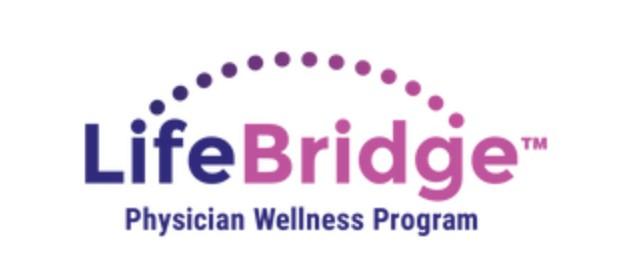 Jacob Myhre, Cameron Gerhold
Jacob Myhre, Cameron Gerhold
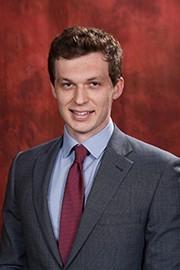
“When I can’t look on the bright side, sit with me in the dark.” Words commonly misattributed to Alice in Through the Looking Glass. Regardless of their origin, their potency speaks to all who work in our profession. The words carry a responsibility with them. Their succinctness is partly what makes them so beautiful, painful, and profound.
I have had the experience of seeing patients die on all my rotations. In family medicine, the woman who was warned about CPAP and medication noncompliance one week before her unexpected death. The lady in surgery who became septic from colitis and did not have the reserve to make it through. The man in the ICU who coded for his seventh time when we saw him and called time of death after chest compressions failed to bring him to. Death surrounds us. It lurks behind each corner; it lies in every crack.
Physicians inherently know this. Medicine stretches the arc of prepartum to postmortem leaving no specialty immune. The oncologist, intensivist, palliative care physician and trauma surgeon may come to the front of mind, but even the ObGyn who is delivering a stillborn child and the pediatrician who shares test results about a devastating condition see the pangs of death and dying face-to-face.
I am very partial to the works of Flannery O’Connor. In one of her few novels entitled The Violent Bear It Away, the young protagonist Mason Tarwater lives with his uncle in the deep south in the early 1900s. The catalyst for the story is the uncle’s death at the dining room table.
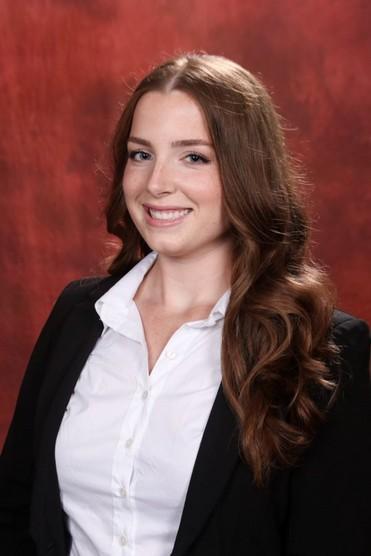
Notably, the uncle tells his nephew that he has built the house so that upon his death, he can move his body to the to the porch where he can then place him in the coffin he has built for himself. He is then to get the woman from the next farm to come mourn and wait with the body before the burial. His uncle’s view is not morbid: it is realistic (especially for the rural nature of the story). Physicians can understand a part of this story by nature of their training. Physicians recognize the living body as well as the expired one. Physicians understand the want of the uncle to recognize the death with a mourner. Rather than writing on mortality though, I will focus on the second part of O’Connor’s protagonist’s plight –“Death is come. Now what?”
There is an insidious trend in medicine. It lies within the mind of some physicians. It is not a sleeping dragon. The sleeping dragon, in fact, would be less of a threat. Naming the sleeping dragon is to take away some of its power.
“Cancer, heart disease, interstitial pulmonary fibrosis.” The diagnoses give a sense of agency and direction. They are known, named entities to be dealt with: entities to be dealt with swiftly, academically, and in a manner which respects evidence-based study. The power the trend wealds is further reaching and unperceived by the casual observer. It is a rot that, like wood, can go unnoticed for a length of time before the wood no longer possesses any of the strength or substance it once had.
“Toxic positivity is the rot that can so easily plague the mind of the modern west and physicians are not immune. It makes its way into the wards, the office parks, the emergency room, the classroom. It is a saccharine imitation that ends with a bitter taste and poorly attempts to mimic true sweetness. “They can pull through,” “they’re a fighter,” “you’re a survivor,” “you’re not a quitter, you can do this.” Until they are quitters because it is time to stop treatment and refer to palliative medicine. Until they cannot pull through and it is time to call the family to their side. Until they are not a fighter because their body has used up its last reserves and the disease has overtaken the very frame it requires for its disordered life. No one would be foolish enough to admit it, but there is an underlying sense that immortality is possible, or that death is imminent, but not from “x,” “not from cancer,” “not from heart disease,” “not from pulmonary fibrosis.” It is a comfortable place, toxic positivity. Far more comfortable than the unknown or devastation of the real. The statistics are not in your favor. The statistics are extremely poor. The statistics say that one out of one hundred will live five years after the end of this sentence. Far be it from me to call these statements sweet. These statements are those which are described by Tuppence Beresford in By the Pricking of My Thumbs who says, “You won’t enjoy it and I shan’t enjoy it [...] but I quite see it is one of those things that have got to be done.” They contain information we are trained to possess and must honestly share with those we provide care unto.
To name toxic positivity, to take away some of its power, requires attention from the physician as to not abdicate their role in the patient’s greatest time of vulnerability. When we take care of patients, we enter a partnership with them. We agree to facilitate some degree of their medical care. Most fields of medicine are tasked with either aiding patients in preservation of their bodies or preventing them from death. From either of these places, the physician must remain honest with the patient
about their condition and work in their best interest. To argue against toxic positivity is to know that death will come for each patient. To speak futile messages of false hope when death comes is to allow toxic positivity to continue its rot. It does not benefit the provider. It does not benefit the patient.
When the time comes, the delivery of news is a privilege to bear. First the privilege of treating, and then the extremely hard privilege of knowing that curative treatment has reached its natural limitation and palliative treatment is most appropriate. Alice in Wonderland, the patient in 460 cannot look on the bright side. They are sitting in the dark. Words of encouragement are no longer wished; words of succor, of balm to meet the suffering, destitute, and dying in the moment they find themselves are the best care one could provide. To enter that place with another human does not (should not) make any room for trite platitudes. To be there in the worst moment of their worst day with silence. With an “I’m so sorry.” With tears and a hug. Sitting with them in the dark.
In an interview with Justin Welby, Archbishop of Canterbury, Kate Bowler recounts her cultural faith tradition in the Mennonite community. She is a professor at Duke Divinity professor who studies prosperity theology. She notes that the Mennonite community stands in stark contrast to such ideas of empty prosperity. Rather, she notes it is a community that says, “I can bring you a casserole when you are sick” and then says, “I can build your coffin for you when you die.” They see the life arc in a way that meets people in the place they find themselves along the way, perfectly paralleling the role of the physician.
We have a great responsibility not to abdicate this position. To have learned and to know the condition of a fellow man is a privilege and mighty task. May we respond with hope when hope is due and have the wisdom and strength to offer balm and succor when there is no brightness.

Volusia County Medical Society Educational Foundation
Each year, the Educational Foundation proudly partners with Daytona State College to provide a medical track student with a Scholarship. This year we announce the Scholarship was awarded to Laura Perez. Best wishes to you on your way through medical school!
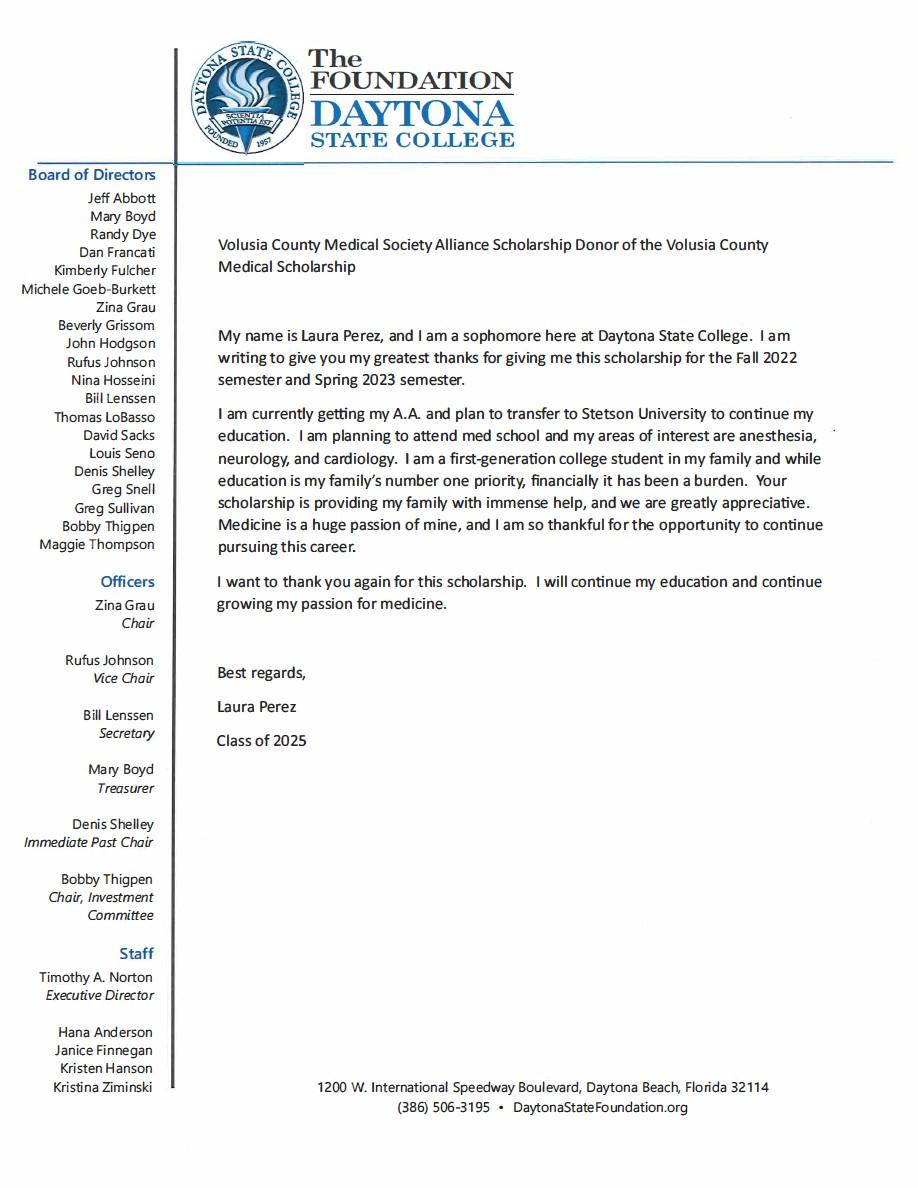
Volusia County Medical Society Educational Foundation is a tax exempt 501(c)3 and your contribution matters! Send a check to PO Box 9595, Daytona Beach, FL 32120. Together we can make a difference!
Are you a Volusia County physician that is not a Member yet? Join us!
www.vcms.org
CIAO BELLA
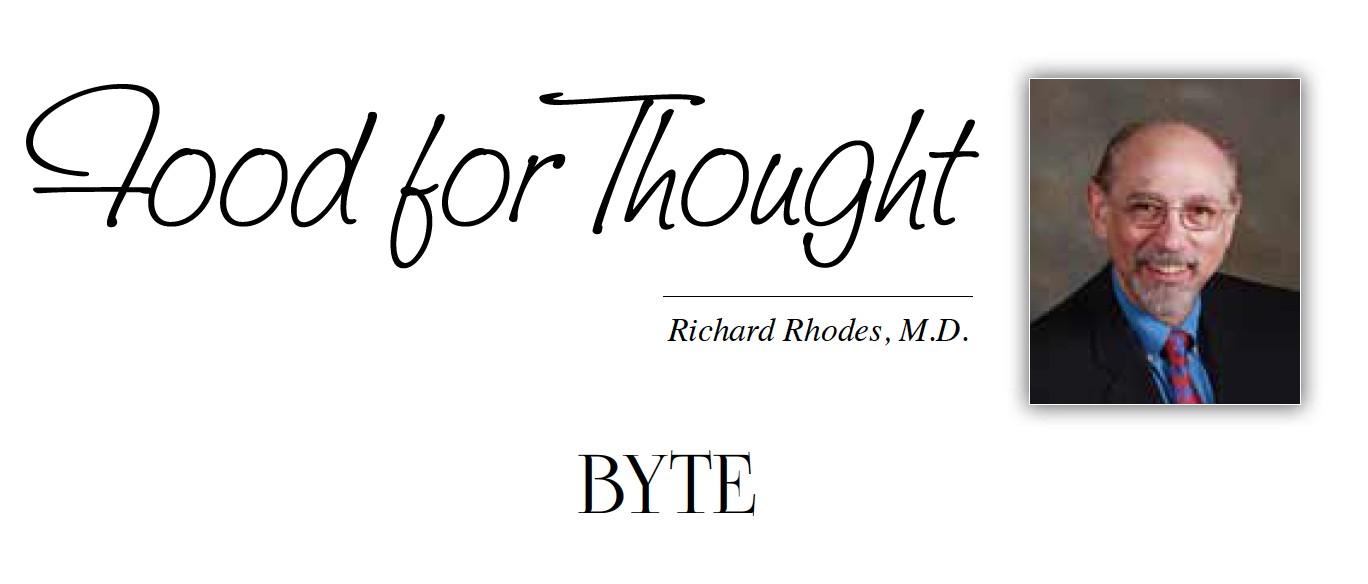
Chef Gary does it again. The owner of Limoncello South has gone ahead and bought two more restaurants in New Smyrna Beach. Ciao Bella opened last year on Pine Street just off Flagler Avenue and now he has gone ahead and bought Heavenly Café the Lobster Roll restaurant on Flagler Avenue near the bridge to the mainland.


Gary recently gave me a tour of his latest addition which will include the lobster rolls but also a wood burning pizza and homemade gelato. He is also planning on an outdoor dining area facing the west for an outstanding sunset. Not only that, he is opening a takeout and drive through area as well.
This weekend past Lisa and I were joined with two of our greatest friends (Marcie and Alan) for an absolutely wonderful dining experience at Ciao Bella. Arriving just before 6 PM Chef Gary met us at the front door where a quaint outdoor dining area had been added. A talented musician was entertaining this crowd with his singing and guitar playing. Entering the establishment, we were amazed by the décor. Near the center of the restaurant was a bar already filled with patrons. The entire restaurant has been festooned with Valentine decorations of all sorts.
We were led to our table by Chef Gary and his father, Felice. Menus were already set at our places. Our top-notch waiter, Yigit (a Turkish name one pronounces with a silent G meaning a person of exceptional bravery and strength), went over the menu and specials of the day. We opted on a 12-inch meatball pizza from their stone oven for the four of us to share as an appetizer. It was superb and extremely flavorful.
Before we could even finish ordering, a magnificently plated appetizer smorgasbord appeared on our table containing assorted cheeses, calamari with dipping sauce, succulent olives, skewered vegetables, and prosciutto crudo along with some good, crusted bread. Unbelievably great.

Finally, our main courses appeared. Marcie opted for a chicken parmigiana with a deliciously rich tomato sauce which was the same for my splendid veal parmigiana. These were both served over perfectly cooked al dente spaghetti. Lisa chose the lasagna which was done in the style of Naples, Italy from whence came the head chef. Quite different from our normal American version but tasty! Alan chose one of the specials of the day, the baked ziti. Once again this was not your normal baked ziti. This was the most outstanding ziti any of us had ever tasted. It was stuffed with mouthwatering meats and sausage, and eggplant galore. The sauce and cheese were fantastic. Needless to say, we cleaned our plates to a dishwasher shine!
But wait, there’s more. By the time we decided on a dessert to share, a magnificent platter appeared before our eyes containing almost everything the restaurant had on the dessert menu. All the desserts were incredibly delicious! What a wonderful adventure! Chef Gary created another masterpiece in dining.
Ciao Bella is open 7 days a week from 11:30AM to 9 PM Sunday -Thursday and 11:30AM to 1AM Friday and Saturday with a full bar and entertainment.
103 Pine Street in New Smyrna Beach 32169
Reservations through Open Table. Pets welcome
WheelchairAccessible
5 stethoscopes for ambience
5 stethoscopes for value
5 stethoscopes for quality

5 more stethoscopes for the incredibly friendly and wonderful service!!!


Are you a Volusia County physician and want to know more about becoming a member of the Medical Society. For over 100 years, the Volusia County Medical Society (VCMS) has been here. We keep you informed when legislation threatens your profession. We provide dinners, holiday parties, continuing education courses, social events, and gatherings throughout the year.
Membership Benefits:
Physician Referral Service
Online Directory
Legislative Updates and Voice
24/7 Access to Healthcare Attorney on Call
Exclusive Webinars and CME Courses
Access to Free Confidential Mental Health sessions
Annual Daytona State College Scholarship Partnership
Medical Student and Medical Residency Memberships
The Stethoscope Journal, a member driven magazine with Member articles
Access to community banking, investing and insurance companies
Monthly Digital Newsletter current articles, legislative news, and VCMS events
Job postings and referral service
Social Networking Events, Outings and more…
New or Returning Members – talk, type or text for a membership application or visit us online www.vcms.org docs420@aol.com (386) 255-3321
